November 13, 2019
Yesterday, after action reports were released by the Durham Fire Department and the Durham City/County Emergency Management. See blog post.
The documents include the following information about the incident:
- April 10, 2019
- First Alarm: E1, L3
- Second Alarm: FD1, FD2, FD3, FD4, FD5, FD6, FD8, FD20, MS1, E2, E3, E4, E5, E6, E9, E10, E12, E13, E15, E16, L2, L12, L17, Q7, Q11, SQ1, SQ4, SQ7, HM13, Prevention staff.
- Synopsis: On April 10, 2019, the Durham Fire Department responded to a report of the smell of natural gas near 115 North Duke Street. As firefighters were searching for the source of the leak, and evacuating the surrounding businesses, an explosion occurred around 10:07 a.m. Nine firefighters were injured, transported to the hospital, treated and released. Three buildings were completely destroyed displacing three businesses (Kaffeinate, Prescient, and The Ingraham Collection). There were twenty-five civilians injured and two civilian fatalities. More than 97 firefighters responded to the explosion and remained on scene throughout the day to watch for fires.
- Damage: Eighteen buildings, containing 23 businesses, were impacted by the explosion, with estimates of more than $100 million worth of property damage. The two buildings housing The Ingram Collection, Prescient, Main Street Clinical Associates, and Kaffeinate Coffee Shop were condemned. St. James Seafood, Torero’s, and Duke University Health System offices were ordered to remain unoccupied while repairs are made. Recovery efforts were later hindered by the structural integrity of a nearby wall and the presence of asbestos in some of the debris.
- Timeline: See after-action reports.
May 2, 2019
For those documenting the response to the building explosion and fire and collapse in downtown Durham on the morning of April 10, 2019, here are some details on the response of the Raleigh Fire Department. Both the regional haz-mat and USAR teams were activated by the state, to respond to the incident at 115 Duke Street in Durham.
Regional Response Team 4, operated by the Raleigh FD, responded with Haz-Mat 2 (from Station 29), Haz-Mat 3 (recon unit from Sta 8), Haz-Mat 4 (decon unit from Sta 25), Haz-Mat 5 (support unit from Sta 27), Battalion 3, and Car 55, the Haz-Mat Coordinator. They responded with thirteen firefighters.
The haz-mat team provided air monitoring support to the Durham FD and monitored for natural gas in the multiple buildings surrounding the collapse site, as well as the surrounding sewer system. After they finished, Haz-Mat 3 and Car 55 remained on scene to continue providing air monitoring support for USAR operations.
Task Force 8 responded with USAR 1, USAR 2, USAR 6 (communications), USAR 7 (tractor-drawn flatbed with shoring materials), [those four units from the Keeter Training Center], USAR 801 (swift-water unit from Sta 21, used for personnel transport). Thirty-four members were deployed from the member agencies: Raleigh FD (14), Durham FD (3), Chapel Hill FD (11), Wake County EMS (3), and Atlas Engineering (3).
After their arrival, checking with command, and conducting a 360 of the scene, the USAR members were divided into five teams, with tasks including entry and searching void spaces with search cameras in a second building (and the one most impacted by the blast), surveying and conducting secondary searches of additional buildings on the block, assisting with escorting occupants of evacuated buildings (and retrieving personal effects), and assisting with victim removal from the blast building.
All units had returned to the Raleigh city limits by 8:00 p.m. and began demobilizing.
Photo credit: Raleigh Fire Department.
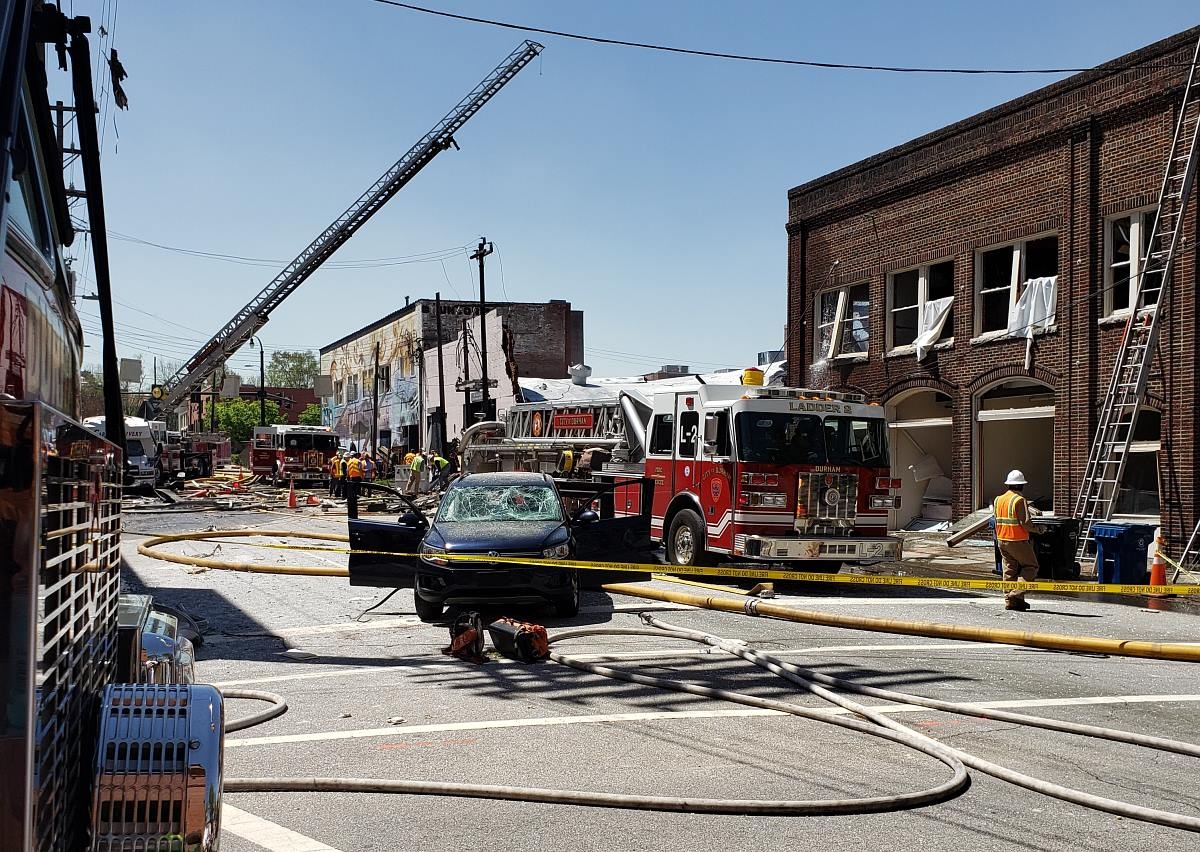



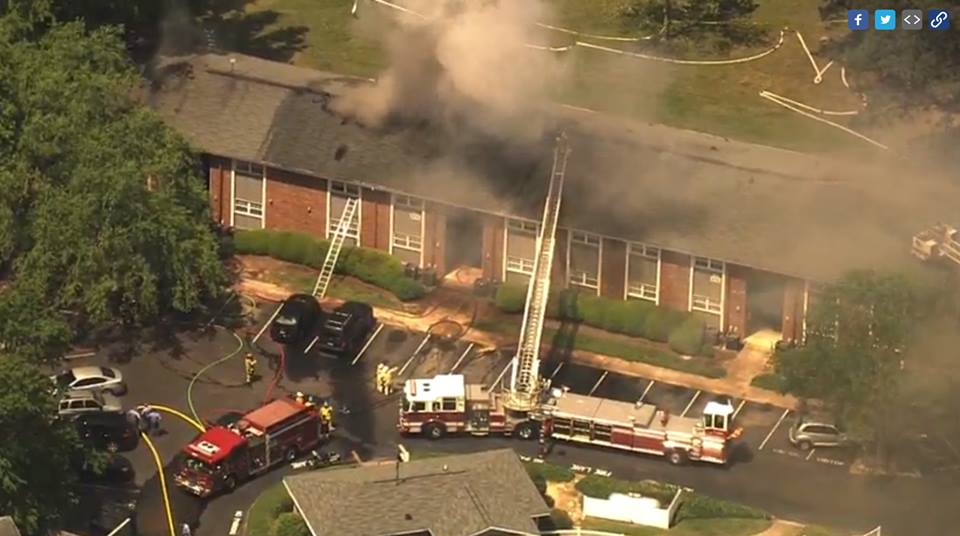
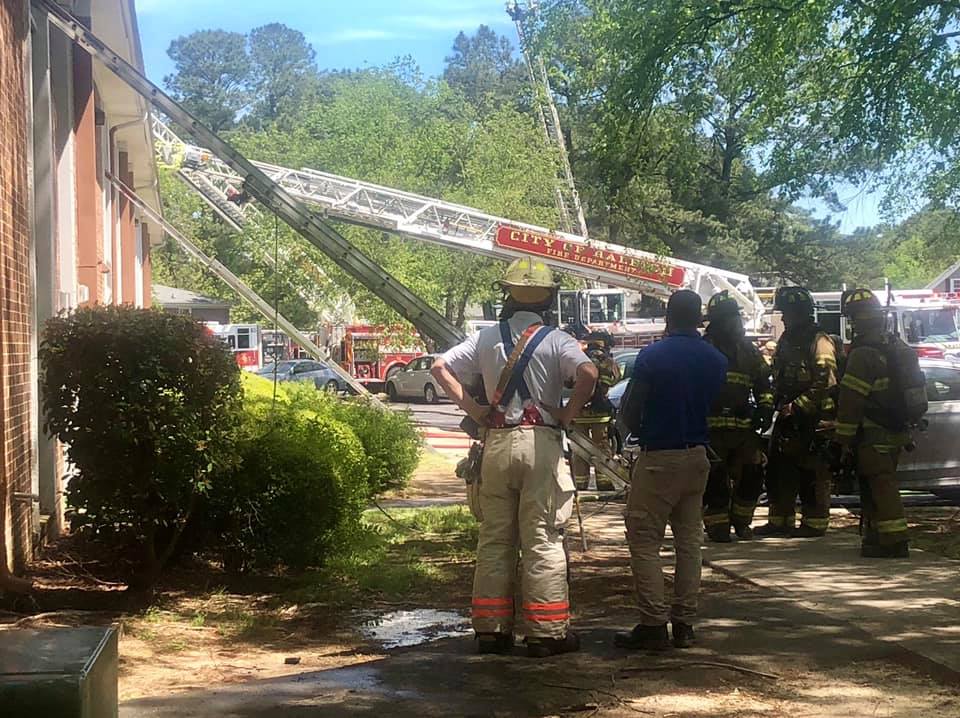
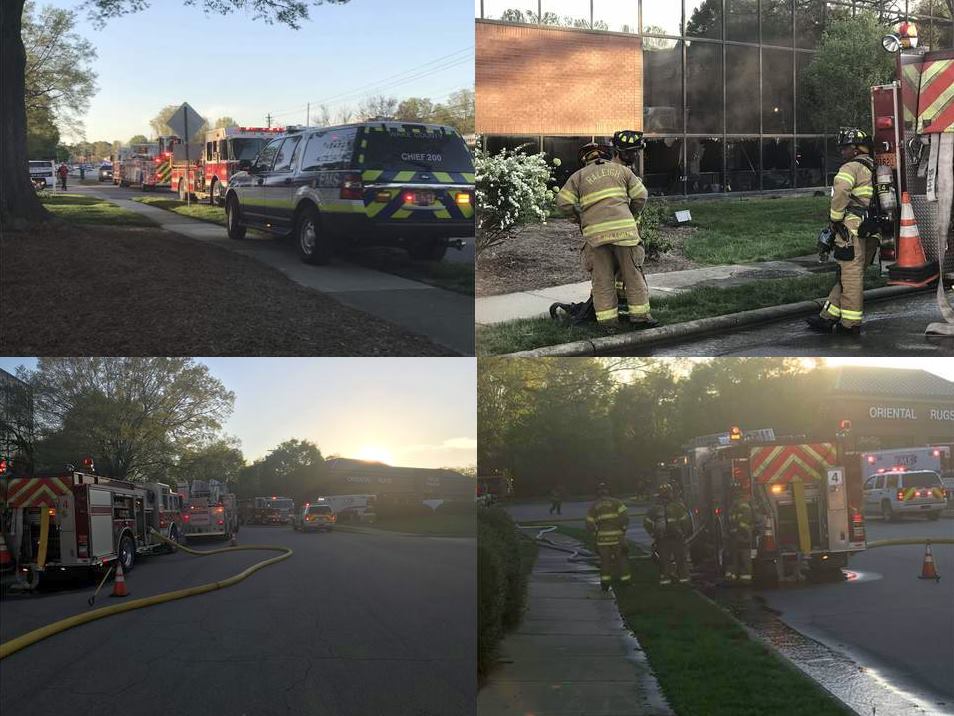

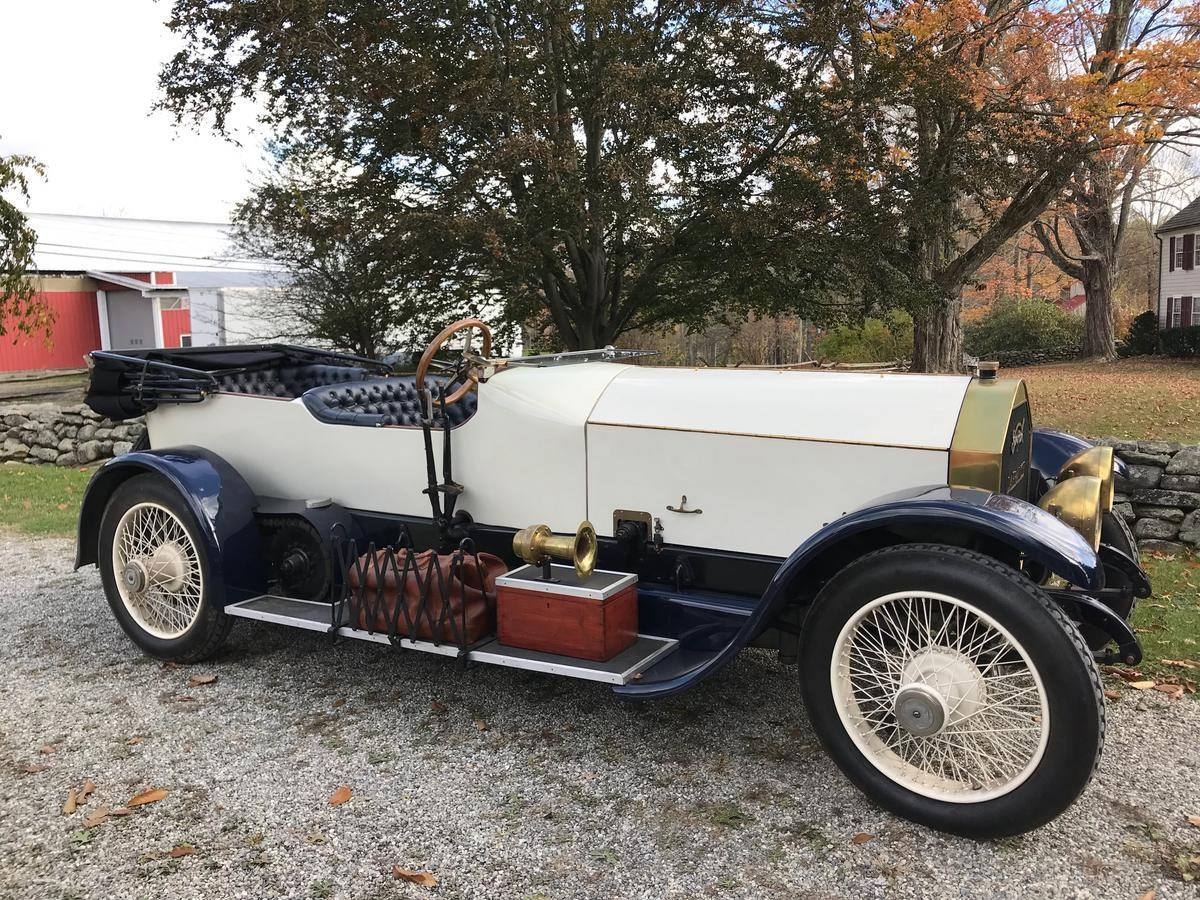
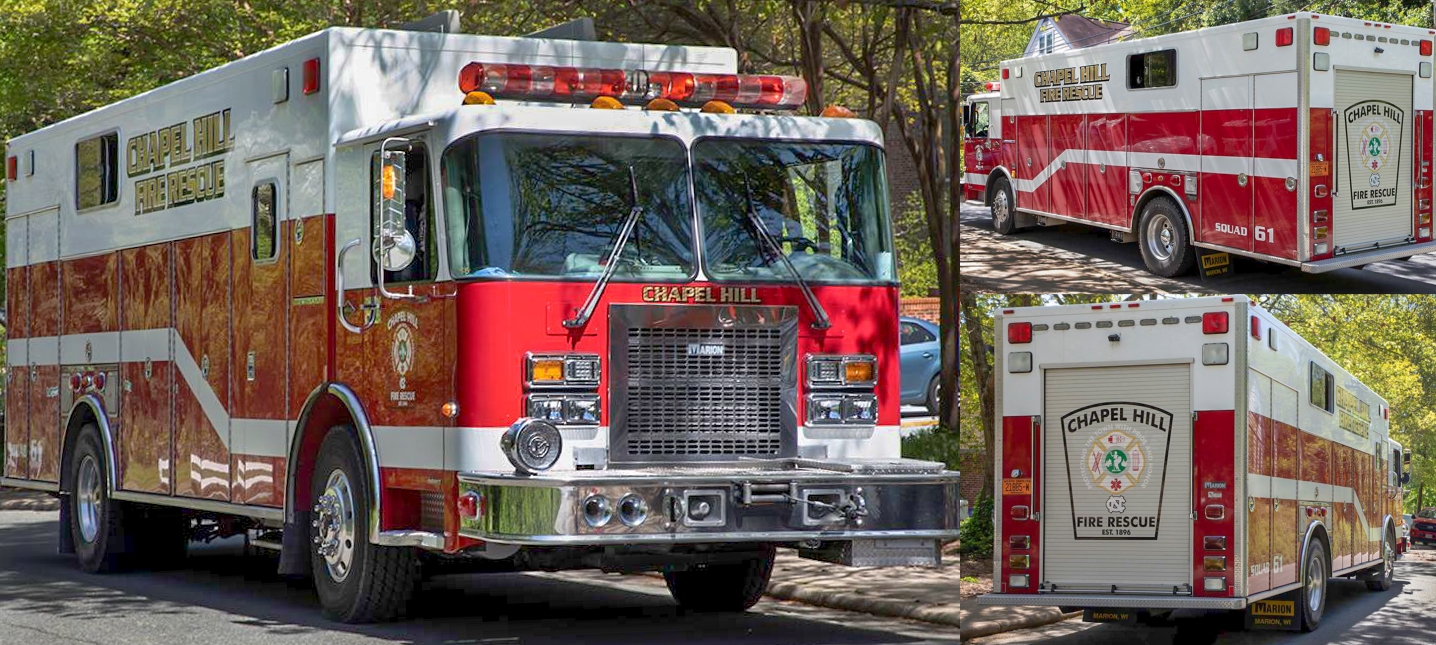 Courtesy Chapel Hill Fire Department
Courtesy Chapel Hill Fire Department